READY TO HANG
Out of the box, all LUMAS artworks are ready and easy to hang.
SECURELY PACKAGED
LUMAS works are always packed to the highest standard to make sure it arrives as perfectly as it leaves us.
ARTIST SUPPORTED
Your purchase supports the free and independent work of your favorite artist.
14 DAY RETURNS
Easy 14 day returns to make sure you are satisfied with every purchase.
BACKGROUND INFORMATION
The world looks very different viewed from above. High above from the earth’s surface, we gain a new perspective on what’s happening on the ground. The aerial photographer Kevin Krautgartner observes our environment from this viewpoint, finding and photographing never-before-seen wonders. His works focus on the diversity of nature and the marvels it creates, showcasing our world in all its richness, variety, luminosity and beauty. From fascinating landscapes and natural structures to striking shapes and shadows, he treats the natural world like a canvas, filled with color and detail.
Inspired by his communication design studies, Krautgartner’s love of graphic elements is apparent in his work - by turns abstract, geometric and surreal. Rejecting straightforward documentary-style photography, he creatively composes his shots to depict the unique shapes and forms of his subjects. Our environment is in a constant state of change, and each one of Krautgartner’s photographs captures a single moment in time that will never be repeated.
Before shooting his subjects, the artist uses satellite imagery to research unexplored areas which appeal to his sense of form, geometry and design. He has travelled to countless countries across every continent, making use of helicopters, airplanes and drones, typically shooting his subjects from a vertical 90-degree angle. It’s this angle which, at first glance, makes his landscapes appear as flattened two-dimensional designs. On closer inspection, however, tiny details begin to stand out and recognizable features – roads, paths, fields, lakes, rivers and waves – reveal themselves. Through his eye, these natural and man-made boundaries disappear. Viewing one of Krautgartner’s works is a journey through an ever-changing environment.
Tropical Dream
In his Tropical Dream series, photographer Kevin Krautgartner highlights coastal stretches of Seychelles, inviting viewers to enjoy nature’s beauty while simultaneously reflecting on man’s relationship with the environment. Due to location, the impacts of climate change and rising sea levels threaten these unique islands. Krautgartner intentionally chose a local that corresponds with the traditional perceptions of a tropical paradise. The goal? To demonstrate how magical, but also how fragile, nature is. Using a plane, helicopter, or drone, the artist photographs scenes where land and sea collide. He deliberately presents them as pristine dreamscapes – untouched by modern man.
Tidal Paintings
A trademark feature of the artist’s portfolio is his water photography. Constantly in motion, always changing - through Krautgartner’s lens, waterways traverse landscapes like veins in a body. His coastal portraits exhibit a painterly style, where beaches at low tide uncover patterns and shapes that exist only for a moment. The Tidal Paintings series, shot on Australian beaches, is a perfect example of this - as the last remnants of the tide ebb away, small rivulets meander through the sand, leaving salt-encrusted shores in their wake. Krautgartner captures these fleeting designs before they are washed away, ready to reappear at the next low tide. These spectacular views are at their most powerful at dusk and dawn, when the sun is at its lowest point. In these moments, his aerial photographs could be mistaken for paintings. His organic subject matter blurs the boundary between the two disciplines, inviting the viewer to gaze in awe at the natural beauty of our planet.
Krautgartner recently published a collection of his unique and surreal coastal landscapes in his first book of photography, “Water.Colors”.
Salt Shapes
The Salt Shapes series, shot in Australia and Spain, focuses on salterns – shallow man-made ponds where sea salt is extracted from the water. The different concentrations of algae in these pools lends each one a distinct color, from light blues to greens and vivid reds. The resulting photographs are both spectacular and unique: bold artworks whose stark, interlocking blocks of color recall the work of the American expressionist painter Mark Rothko. Here too, the various textures and features of the earth’s surface reveal themselves slowly to the viewer.
In Full Bloom
For his project In Full Bloom, Krautgartner turned his lens on the “flower market of the world” – Dutch tulip fields. The Netherlands is renowned for the flowers, grown in vast multicolored meadows and celebrated at spring festivals. These fascinating birds-eye views convey the true scale of the fields, arranged in row upon row of pink, white and yellow. The beauty of these images lies in the hypnotic barcode-like lines of color that divide the landscape. It’s this eye for patterns that elevates his work beyond pure documentation and into the realm of fine art.
Krautgartner lives and works in Wuppertal, Germany. His work regularly features in national and international exhibitions and magazines. He has received multiple awards, including the ADC International Award, the Fine Art Photography Award and the PX3 Award.Exhibitions
2021 South Australian Museum, Adelaide, Australia
Cascina Roma Fotografia, Rome, Italy
Galerie LIK17, Vienna, Austria
Casa de Cantabria en Madrid, Spain
University of Kinshasa, Democratic Republic of the Congo2020 Photocenter, Moscow, Russia
Galerie LIK17, Vienna, Austria
PhotoPlace Gallery, Middlebury, USA
Peinture Fraîche, Brussels, Belgium
Blank Wall Gallery, Athens, Greece2019 Lokarjeva Galerija, Ajdovščina, Slowenia
Museo MIIT, Turin, Italy2017 SpacePlace Gallery, Nizhny Tagil, Russia 2015 Kulturzentrum Sommerloch, Wuppertal, Germany INTERVIEW
Picasso once said, “You don’t make art, you find it.“ Where do you find your art?
I find this quote fitting and can confirm it’s accuracy. Roughly half of my works are unplanned; I continuously find landscapes during my flights (e.g. helicopter) that could not have been identified in satellite images. These spontaneous moments make photography infinitely exciting. Mother nature is always creating something new and the search for such circumstances fascinates me!
From concept to creation: How do you approach your work?
For my projects, planning is the most important. I spend a significant amount of time organizing and researching satellite images in advance. Depending on the project, various conditions must be ideal – such as weather, wind, tides, or sun positioning. Most shoots involve booking helicopters or small planes, which quickly becomes expensive. For this reason, I must ensure everything gets accomplished on the day of the shoot. Aeriel shoots can last anywhere between 1.5 and 5 hours, with location being the determining factor. As I often photograph remote landscapes, some flights take 2 hours each way. In the air, I rely on removable doors that allow me to photograph perfectly downwards. It’s not uncommon for me to take over 1,000 photos per flight as I can’t waste time checking on elements such as crop and focus. Not all projects allow for helicopters and small airplanes, though. Altitude and location affect accessibility, meaning drones are occasionally employed. I try my best to avoid this as the image quality is inferior. Ultimately, I choose my equipment based on the requirements of the shoot. For me, these are just tools that help me realize my vision.
What’s your favorite book?
I’m not sure if this counts, but I enjoy reading biographies of people I find particularly interesting. Life writes the best stories, and we can learn a lot from books about people like Jackson Pollock, Edward Snowden, and Steve Jobs. If we’re talking about novels, though, I would say Passenger 23 by Sebastian Fitzek.
Which artist would you like to have coffee with and what would you talk about?
I would likely choose Edward Burtynsky. His work has inspired me over the years, and he is – in my eyes – one of the world’s best photographers. As far as our conversation, I’m most interested in how he was able to produce such intricate, high quality aeriel photography back in the 80s. In general, I believe he has countless stories to tell. After all, photography has taken him to the most remote parts of our planet.
How did you develop an interest in art?
I was very interested in graphic design at the onset of my studies. Through this, my love of art and photography flourished. I began experimenting with my parents’ camera; this continued throughout my graphic design studies and, eventually, my hobby became my profession.
Who in your life influences you the most?
My family and close friends support me in my work, and they are always eager to provide an outside perspective. Above all, however, is the influence of my colleagues within the photography industry – particularly those I interact with on a regular basis. We exchange ideas and offer up new concepts, which both inspires and improves my work.
If you had a time machine, where would you go?
Definitely to the future! No too far, though, as many things would become overly abstract. But I’m certainly interested in the state of the world 50 to 100 years from now. Watching society evolve over time is fascinating and I hope to witness it for years to come.
What is your greatest passion, aside from art?
Sports in general - especially squash and wakeboarding in the summer. I'm passionate about staying active, so I would rank this 2nd after art/photography.
What are you working on at the moment?
Over the last few months, I have traveled to Kenya, Namibia, and Hawaii to capture images. I am currently reviewing and editing my work from these trips. In the meantime, I’m planning trips to Kamchatka, Australia, and the United States. I hope that the Corona situation will soon grant us unrestricted freedom of travel again.


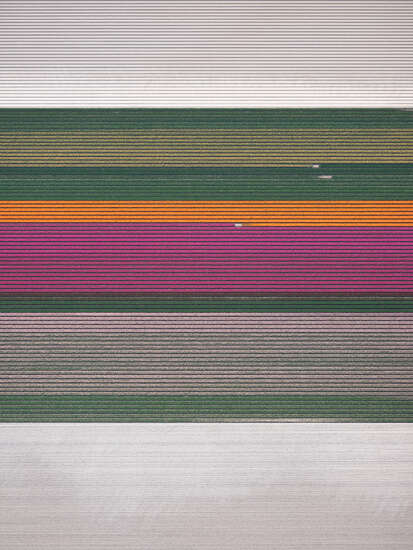
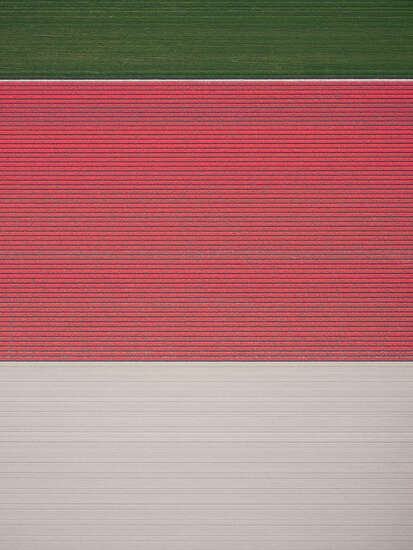
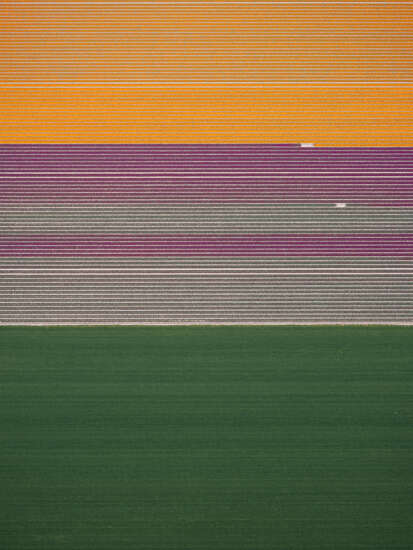
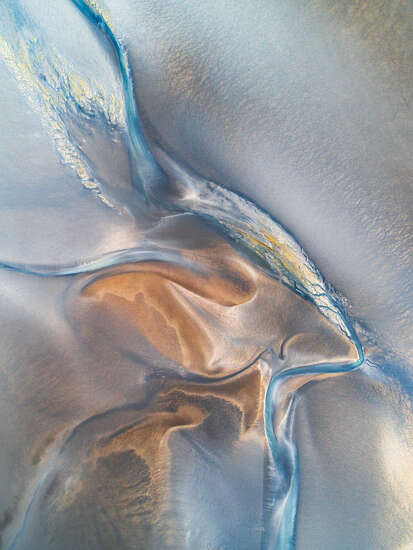
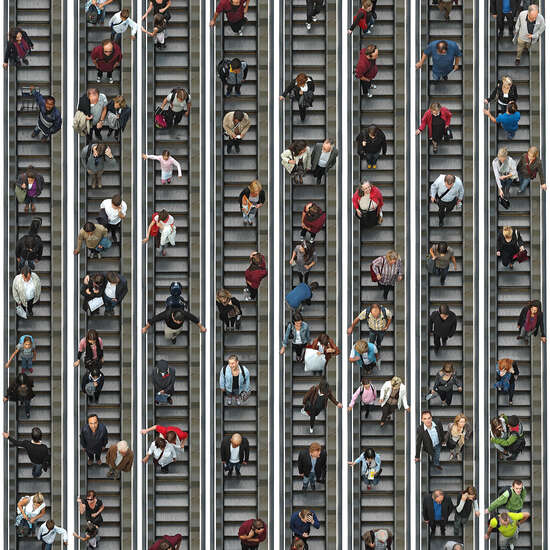
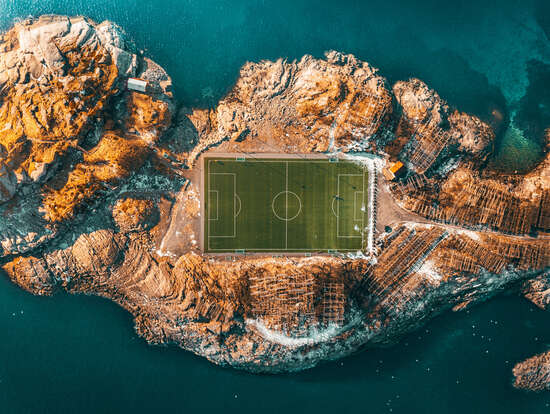
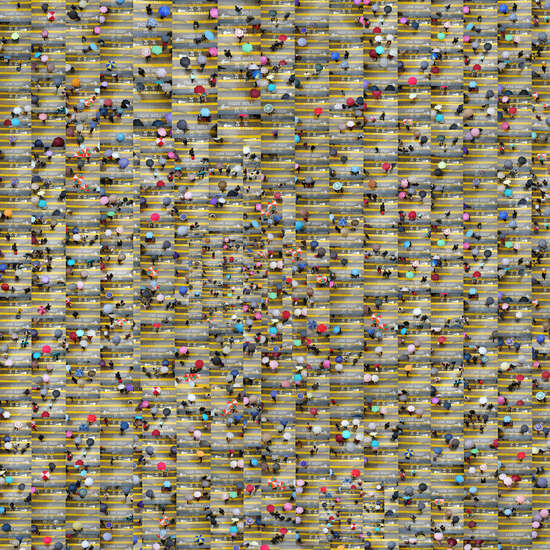
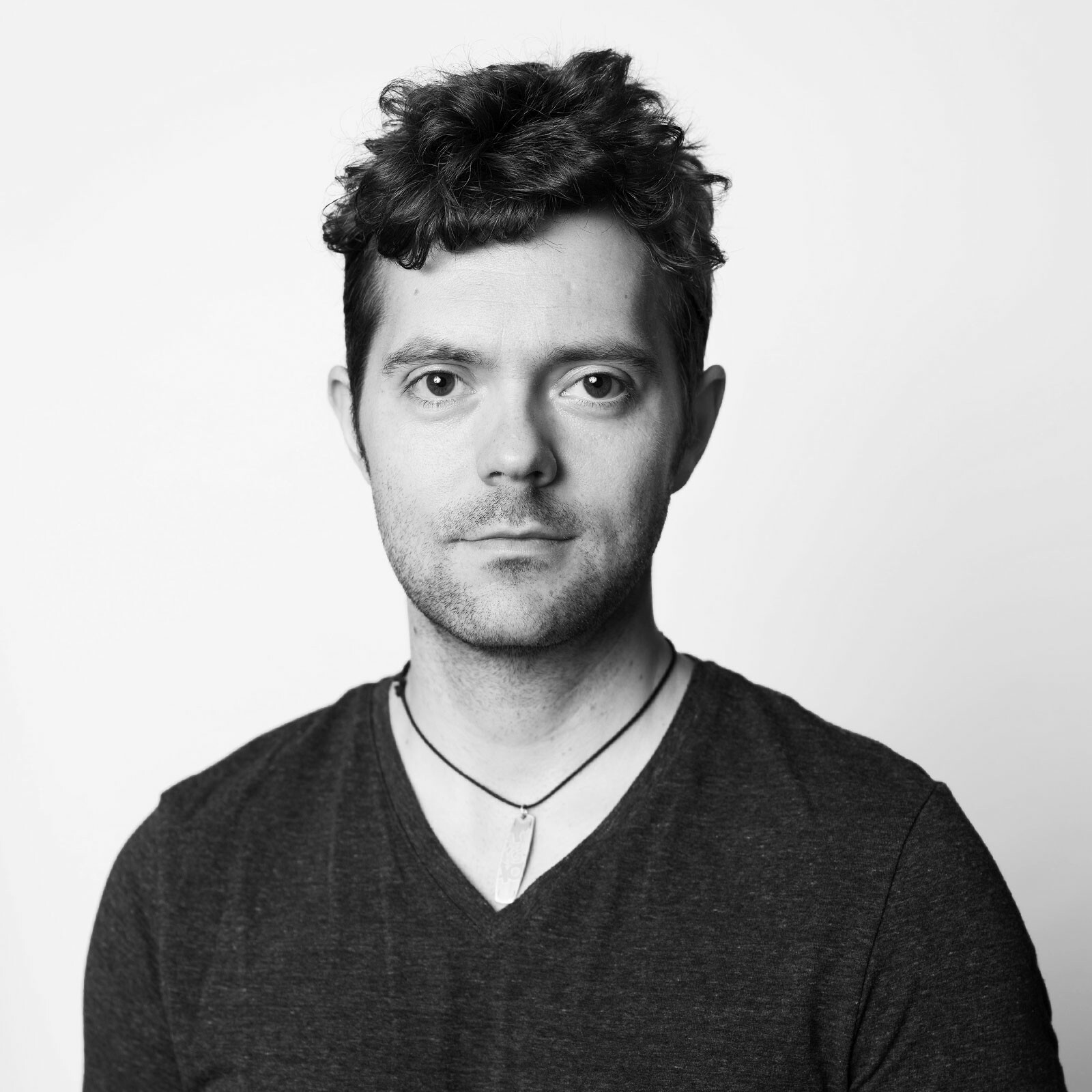

 No thanks, I would like to stay on this site.
No thanks, I would like to stay on this site. Yes, I would like to switch.
Yes, I would like to switch.